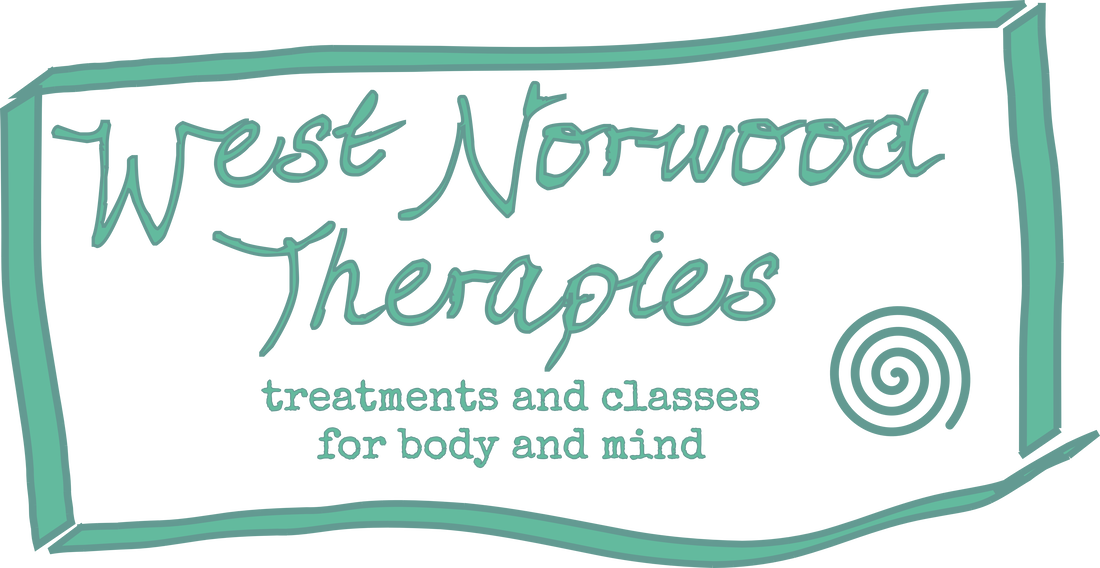|
Masssage therapist Lauren O'Sullivan discusses her experience massaging a care home resident and shares some suggestions as to how to benefit your loved ones with some simple positive touch. Carers and care homes provide essential medical care for people experiencing long-term illness. Good quality care upholding the person’s dignity and respect is important and necessary. In my experience working as a massage therapist for a care home resident, I have seen great quality of care within the home. However, a lot of the care provided is for medical treatment or vital tasks such as washing, feeding or manoeuvring. Physical touch is experienced impassively and routinely. This type of touch is necessary for medical care but we should also consider the person’s emotional needs and how a more sensitive touch may help to improve their wellbeing.
Of course, family and friends can provide emotional support and engage in a more soothing physical touch but more often than not, their touch is fleeting. Sustained sensitive touch can have physical effects on the body to instill calm and reduce anxiety and even pain. This is where complementary therapies can come in. I provide massage therapy to a resident at a local care home once a fortnight and I have been providing treatment for them for almost 4 years. They look forward to our treatments together and I can physically see the relief and relaxation that a little massage therapy gives them. I will share a little of my experience here in the hope that it may help carers or family to understand why and how to provide some gentle massage themselves. Before starting any massage therapy I was very conscious as to how it may affect the individual and how their illness may alter my approach. I did my research, consulted with their carers and, most importantly, communicated with the individual themselves. If verbal communication isn’t possible then try and find another way to communicate. Either through written words, flashcards, or if motor control is very limited, there may be an Eyegaze in place. Eyegaze is a screen setup in front of the patient to capture their eye movements to letters on the screen, which then forms words and sentences from their gaze. When using non-verbal communication it can take some getting used to and feedback can be slow. The answer is being patient and explorative with different methods and areas of massage, waiting for a response to each new sensation or area before continuing or adjusting. On the other hand, if the person has physical responses these can sometimes be quicker than verbal communication! Communication is important in any massage treatment as individuals will have starkly different physical and emotional responses to it. It’s also important to consider what the patient’s goal for the therapy is; the ‘why’. Is it pain relief? To reduce anxiety? For increased relaxation and wellbeing? For variety and stimulation in conversation and communication? All of these and more are relevant and people will have different priorities. If the goal is to soothe, relax and reduce stress then light pressure, slightly more than if stroking a cat, is all that is needed and carers and family members are able to provide this kind of touch. Thinking about stimulating circulation, you ideally want the direction of your strokes to be going back towards the heart. So when working on the arms, my strokes will generally be going upwards towards the shoulder. Think about the structures of the body and get a feel for the difference between muscle, tendons/ligaments and bone. Generally muscles will feel softer or springier than their tendons and ligaments. Tendons and ligaments are what surround joints at the two ends of a muscle. Bone should feel different again, this isthe hardest of the structures. When providing gentle massage, we only want to be acting on the muscles. With consent from the patient, have a feel for these different structures and try to identify the muscles. It may be stimulating for them to isolate and pay attention to different muscles within their body and notice how they feel. There are some key areas that tend to provide relief for most people. These are the shoulders - squeezing the tops of the shoulders can feel really nice and this can also be done through clothing. Around the ankles and feet can feel nice and provide a ‘lighter’ feeling. And finally some very light head massage can provide relief from headaches and tension - gently pressing into the bridge of the nose, lightly squeezing the eyebrows and massaging the temples in a circular motion are great places to start. Ultimately, deciding on what areas to massage comes back to communication with the person receiving the therapy. Constantly giving and receiving feedback and creating trust with your patient, friend or family member is the most important consideration when beginning any massage or touch therapy. Be patient, understand their needs and their individual response to any new touch you may give. Just because slightly more pressure feels good in one area, it may be intolerable in another. Massage is a constant feedback loop! Treating my client within care has taught me so much and enabled me to grow as a therapist. I am more than happy to discuss this topic further if it would help you - please reach out to me at [email protected].
0 Comments
|
AuthorBlogs from the WNT team. For our blogs from before June 2020 please see individual profile pages - it's a good way to get to know practitioners too. Archives
June 2024
Categories
All
|
|
Visit us - by appointment only please - in the office block in the Access Self Storage premises at 443 Norwood Road, London, SE27 9DQ
[email protected] Phone - please contact practitioners directly, or if not in a rush you can leave a message for us to call you back at 07931876931. |

 RSS Feed
RSS Feed
